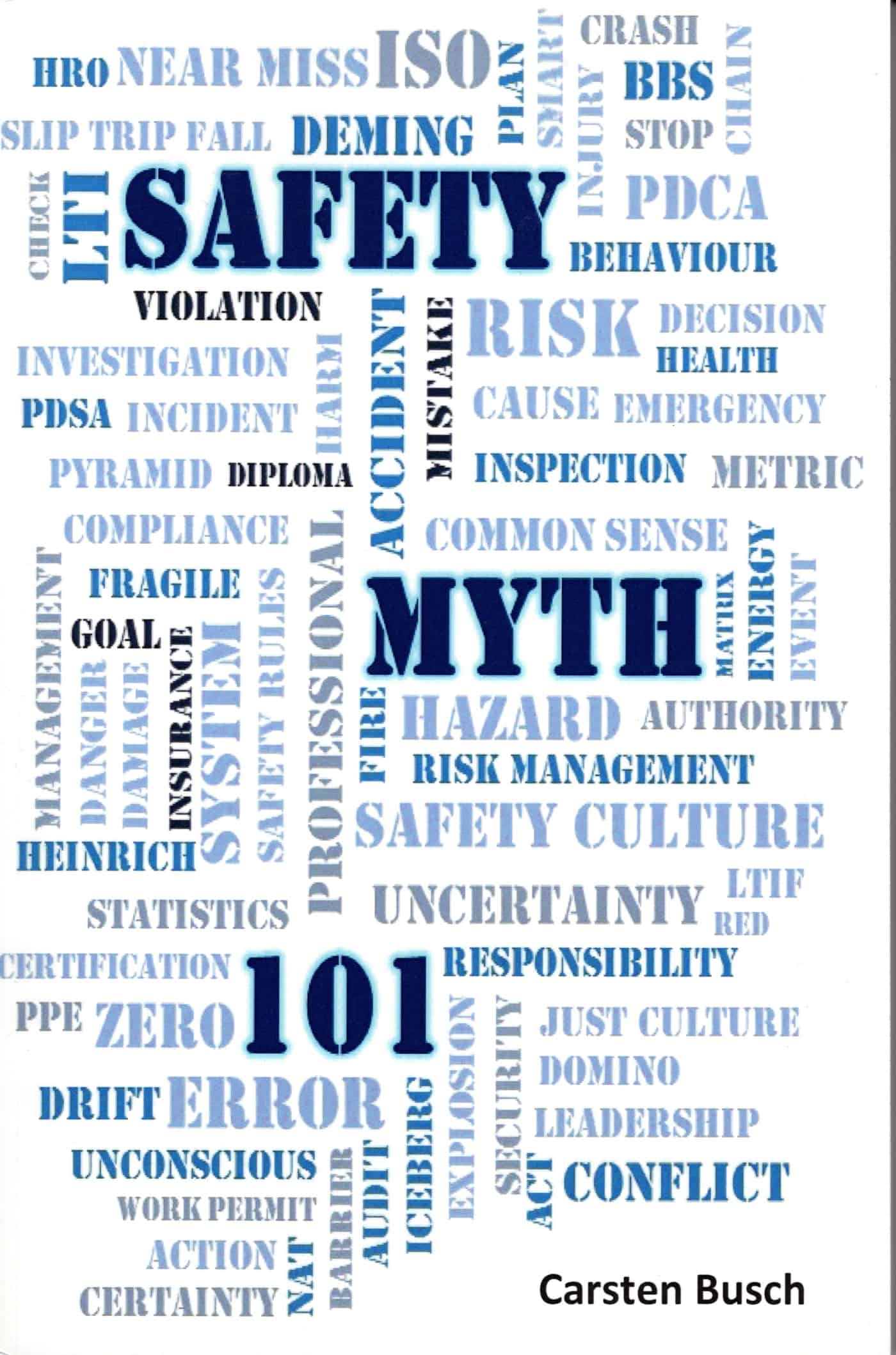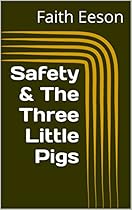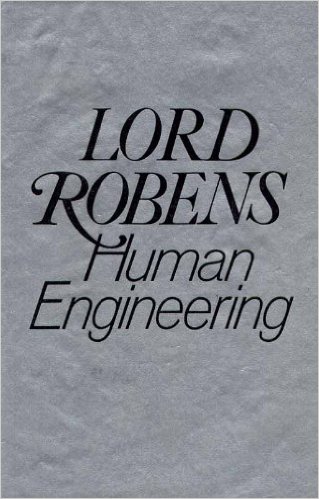 Carsten Busch has self-published “Safety Myth 101” – a book that is one of the most comprehensive discussions on contemporary approaches to occupational health and safety (OHS). But it is also riddled with the problems of many self-published books – the lack of a strong and tough editor, an unattractive presentation and a mess of footnotes, references and endnotes. The content is very good which makes reading this book a frustrating experience.
Carsten Busch has self-published “Safety Myth 101” – a book that is one of the most comprehensive discussions on contemporary approaches to occupational health and safety (OHS). But it is also riddled with the problems of many self-published books – the lack of a strong and tough editor, an unattractive presentation and a mess of footnotes, references and endnotes. The content is very good which makes reading this book a frustrating experience.
I can’t help thinking that the book would have been more effective in a more modern online format that would have allowed for word searches, hyperlinks and interaction with readers. In fact, a wiki may have been the best option for Busch’s very valuable content. But what of this valuable content? Continue reading “Great safety book let down by the format”



 While researching a blog article I found a 1970 copy of
While researching a blog article I found a 1970 copy of 